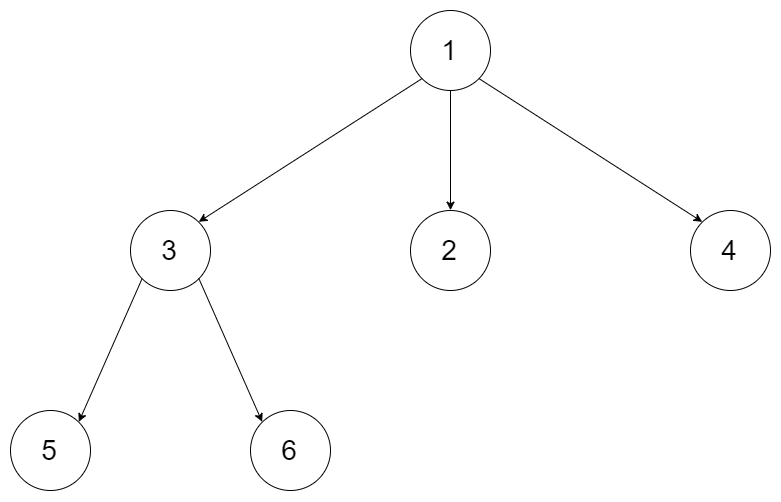559. Maximum Depth of N-ary Tree
Description
Given a n-ary tree, find its maximum depth.
The maximum depth is the number of nodes along the longest path from the root node down to the farthest leaf node.
Nary-Tree input serialization is represented in their level order traversal, each group of children is separated by the null value (See examples).
Example 1:

- Input: root = [1,null,3,2,4,null,5,6]
- Output: 3
Example 2:

- Input: root = [1,null,2,3,4,5,null,null,6,7,null,8,null,9,10,null,null,11,null,12,null,13,null,null,14]
- Output: 5
Constraints:
- The total number of nodes is in the range [0, 104].
- The depth of the n-ary tree is less than or equal to
1000.
Submitted Code
"""
# Definition for a Node.
class Node(object):
def __init__(self, val=None, children=None):
self.val = val
self.children = children
"""
class Solution(object):
def maxDepth(self, root):
"""
:type root: Node
:rtype: int
"""
if root is None:
return 0
q = deque()
q.append(root)
depth = 0
while q:
depth += 1
for _ in range(len(q)):
node = q.popleft()
if node.children:
for child in node.children:
q.append(child)
return depth
Runtime: 32 ms | Beats 58.66%
Memory: 15.62 MB | Beats 10.03%
BFS 방식을 사용해서 깊이를 계산했다. node.children가 복수 개일 경우 리스트 형식이기 때문에 for문으로 하나씩 추가했다.
Other Solutions
1st
class Solution(object):
def maxDepth(self, root):
queue = []
if root: queue.append((root, 1)) # 빈 트리가 아니라면 (루트 노트, 깊이)를 포함
depth = 0
for (node, level) in queue:
depth = level
queue += [(child, level+1) for child in node.children]
return depth
time complexity: 𝑂(𝑛)
space complexity: 𝑂(𝑤)
큐를 이용한 방법 중 더 간단하게 짠 코드를 참고했다. deque()를 사용하지 않고 구현했다.
2nd
class Solution(object):
def maxDepth(self, root):
stack = []
if root: stack.append((root, 1))
depth = 0
while stack:
(node, d) = stack.pop()
depth = max(depth, d)
for child in node.children:
stack.append((child, d+1))
return depth
이 문제에서는 스택을 이용한 DFS가 BFS보다 더 효율적이었다. 노드들의 깊이 중 가장 큰 값을 저장하면 된다.
3rd
class Solution(object):
def maxDepth(self, root):
if not root: return 0
# 현재 루트의 깊이 1 + 각 자식의 깊이 중 최대값(자식이 없는 경우는 0 반환)
return 1 + max(map(self.maxDepth, root.children or [None]))
재귀 호출을 사용한 두 줄짜리 코드다. 자식이 없는 노드의 경우 root.children or [None] 부분은 False or [None]이 되기 때문에 자동으로 or 뒤의 값을 선택하게 되고 0을 반환하게 된다.
map()은 두 번째 인자로 iterable를 요구하기 때문에 None을 리스트로 만들어줘야 한다.



Leave a comment